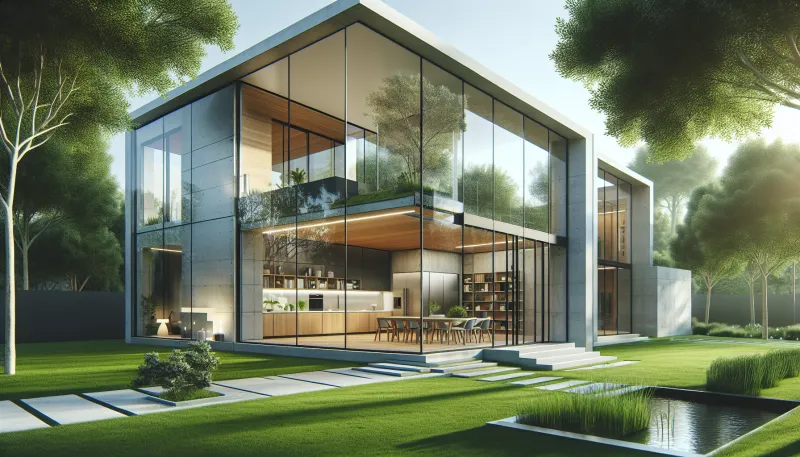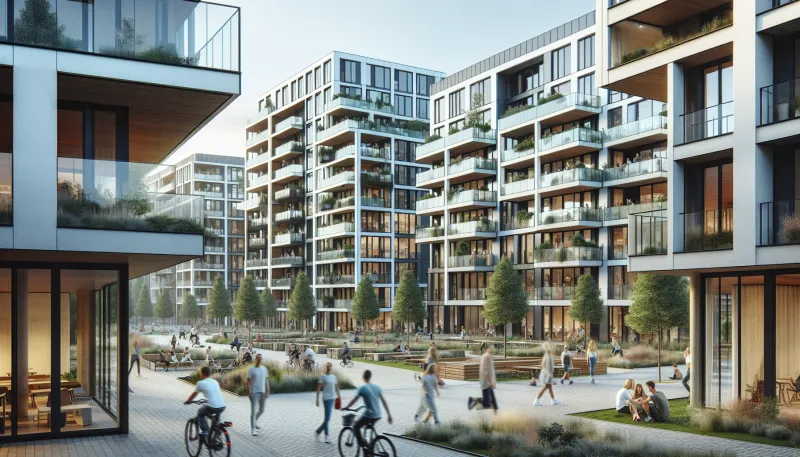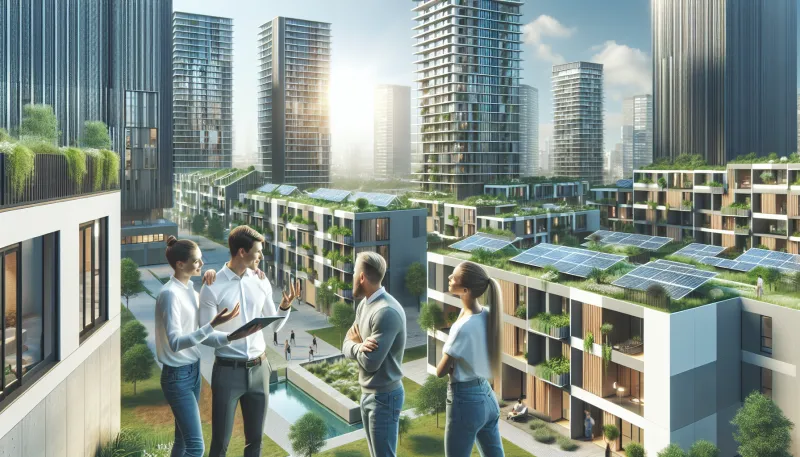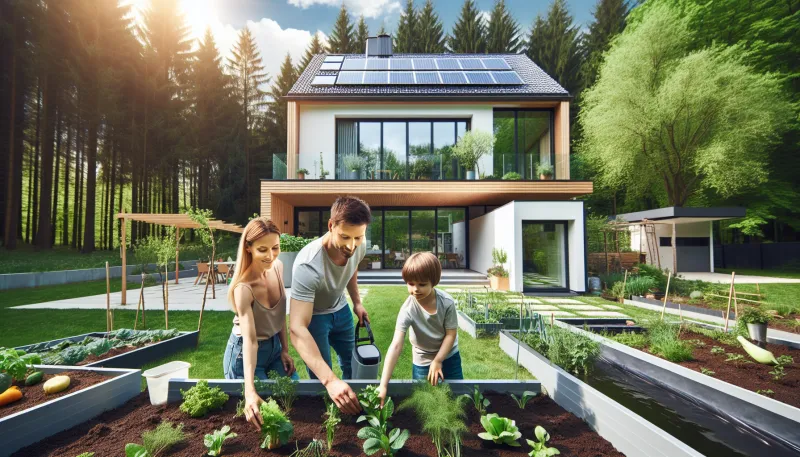
Why Co-Living and Co-Working Spaces Are the Future of Urban Living
As urban populations continue to grow and the nature of work evolves, traditional living and working arrangements are being challenged. Co-living and co-working spaces offer innovative solutions that cater to modern lifestyles, fostering community, flexibility, and sustainability. This article explores why these concepts are rapidly becoming the backbone of future urban living.
- The changing face of urban life
- Community building through shared spaces
- Flexibility tailored for the modern workforce
- Economic advantages of co-living and co-working
- Sustainability and reducing urban footprints
- Enhancing creativity and collaboration
- Technological integration for seamless living and working
- Addressing loneliness and mental well-being
- Adapting to post-pandemic urban demands
The changing face of urban life
Urban living has traditionally meant compartmentalized spaces—separating home life from work life. However, increasing urban density and shifting social norms have led to a reevaluation of this model. Co-living and co-working spaces are emerging as more integrated, community-driven environments that blend residential and professional needs, catering to a generation seeking purpose and connection.
Flexibility tailored for the modern workforce
Traditional offices and apartments often lack the flexibility that today’s workforce demands. Co-working spaces offer various membership options, allowing individuals to scale their work environment according to their needs. Similarly, co-living arrangements often provide shorter lease terms and fully furnished spaces, enabling a hassle-free urban experience that supports transient or dynamic lifestyles.
Economic advantages of co-living and co-working
Cost-efficiency is a significant factor driving the popularity of these shared spaces. Residents and users share expenses such as utilities, internet, and maintenance, reducing individual financial burden. For startups and freelancers, co-working spaces provide affordable office solutions without the overheads of traditional leases.
Sustainability and reducing urban footprints
Co-living and co-working contribute to more sustainable urban environments by maximizing space usage and promoting resource sharing.
- Shared kitchens and appliances reduce waste
- Dense occupancy decreases urban sprawl
- Collective transportation options become more viable
Enhancing creativity and collaboration
By bringing together diverse groups of people in co-working environments, innovation is stimulated. The open layouts and collaborative culture encourage spontaneous idea exchange. Similarly, co-living communities foster creative problem solving and shared experiences, essential ingredients for personal and professional growth.
Technological integration for seamless living and working
Modern co-living and co-working spaces incorporate advanced technologies that enhance convenience and connectivity. Smart home systems control lighting and temperature, while high-speed internet and digital booking systems streamline workspace access. Technology thus bridges physical spaces with digital agility, supporting the demands of contemporary urbanites.
Addressing loneliness and mental well-being
Urban living can sometimes lead to social isolation. The social framework provided by co-living and co-working spaces combats loneliness by creating opportunities for interaction and community events. This supportive atmosphere positively impacts mental health and overall well-being, making city life more humane and enjoyable.
Adapting to post-pandemic urban demands
The COVID-19 pandemic accelerated changes in work and living patterns. People sought alternatives to crowded offices and inefficient living spaces. Co-living and co-working spaces adapted quickly by incorporating health protocols, flexible terms, and hybrid work environments, positioning themselves as resilient options for future urban dynamics.
Tommy is a property-passionate journalist who covers the forces shaping housing and the built environment. With a data-driven approach and a reporter’s curiosity, he writes on market cycles, urban development, PropTech, and policy—always connecting numbers to everyday lives. [Name]’s work blends clear analysis with on-the-ground reporting to help readers navigate trends, opportunities, and risks across residential and commercial real estate.







